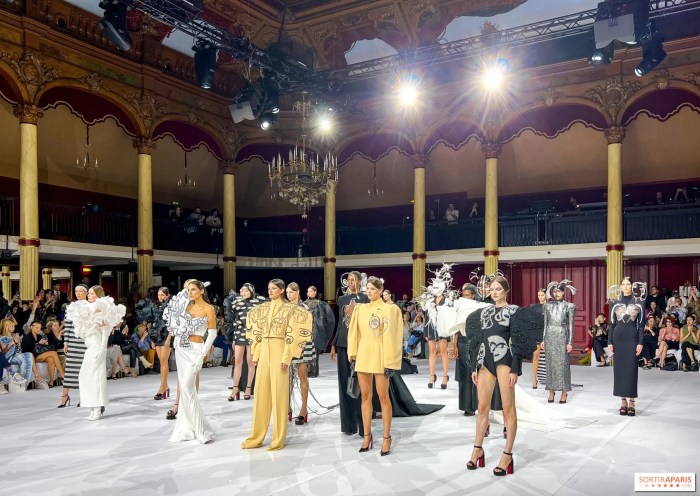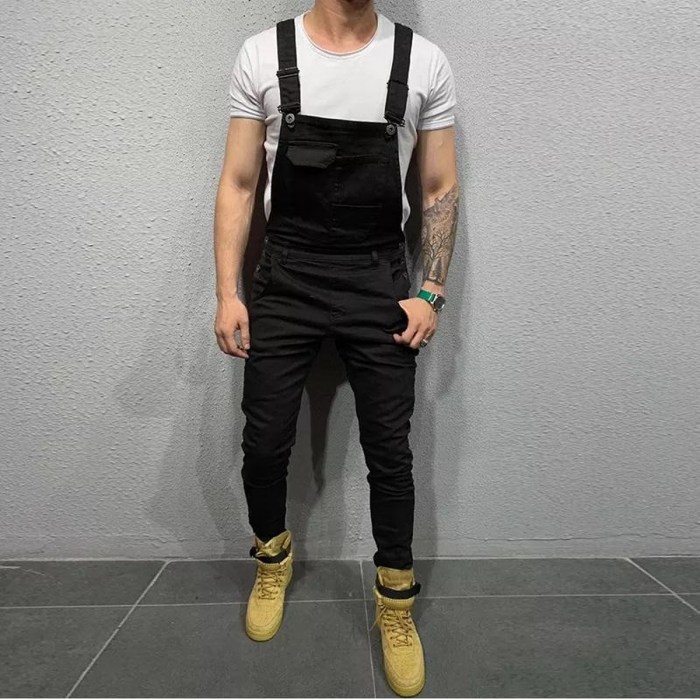Ancient & Classical Influences on Men’s Fashion
History of men’s fashion – The foundations of men’s fashion are deeply rooted in ancient civilizations, where clothing served not only as protection but also as a powerful symbol of social status, occupation, and cultural identity. The styles and materials varied significantly across different cultures, reflecting unique environmental conditions and societal structures.
Men’s Clothing in Ancient Egypt, Greece, and Rome
Ancient Egyptian men’s fashion primarily consisted of linen garments, tailored to the hot climate. The schenti, a simple rectangular piece of linen wrapped around the waist, was a common garment for all social classes, although variations in length and decoration signified social standing. Wealthier men might adorn themselves with elaborate jewelry and elaborate headdresses. In contrast, ancient Greek men’s fashion favored draped garments like the chiton, a simple tunic, and the himation, a heavier cloak worn over the chiton.
These garments allowed for greater freedom of movement. The Romans, known for their practicality, adopted a more structured approach, with the toga becoming a defining garment, its style and color indicating social rank and occasion. The tunica, a simpler undergarment, was also widely worn.
Comparative Styles and Materials Across Ancient Cultures
While linen was prevalent in Egypt, wool and other materials like leather and cotton were used in Greece and Rome. The draped styles of the Greeks contrasted sharply with the more tailored and structured garments of the Romans. Egyptian clothing tended to be more simple and functional, while Greek and Roman styles allowed for greater complexity and ornamentation, particularly for the elite.
Social and Cultural Factors Influencing Ancient Men’s Fashion
Social status played a crucial role in ancient men’s fashion. Elaborate garments, rich fabrics, and intricate jewelry signified wealth and power. Occupation also influenced clothing choices; soldiers, farmers, and artisans often wore practical garments suited to their work. Religious beliefs and ceremonies also impacted fashion, with specific garments worn for religious rituals and festivals. For example, priests in ancient Egypt wore distinct garments to denote their sacred roles.
Medieval & Renaissance Fashion
The medieval and Renaissance periods witnessed a significant evolution in men’s fashion, reflecting changing social structures, technological advancements, and cultural influences. From the simple tunics of the early Middle Ages to the more elaborate and tailored garments of the Renaissance, men’s clothing became increasingly complex and expressive.
Men’s Clothing in the High and Late Middle Ages
| Period | Upper Body | Lower Body | Accessories |
|---|---|---|---|
| High Middle Ages (11th-13th centuries) | Tunic, often long and loose | Hose, often tied at the knee | Simple belts, cloaks |
| Late Middle Ages (14th-15th centuries) | Doublet, becoming more fitted | Hose, often extending to the foot | Belts, pouches, elaborate hats |
| Early Renaissance (14th-15th centuries) | Longer tunics with decorative elements | Hose, often with padded rolls at the knee | Jewelry, elaborate belts, hats |
| Late Renaissance (16th century) | Doublets, often richly embroidered, slashed sleeves | Breeches, becoming more common | Ruffs, elaborate hats, jewelry |
Impact of the Crusades and Trade on Medieval Men’s Fashion
The Crusades and increased trade with the East introduced new fabrics, styles, and techniques to Europe, significantly influencing men’s fashion. Rich fabrics like velvet and silk, previously unavailable, became increasingly popular among the wealthy, leading to more elaborate and luxurious garments. New styles and cuts were adopted, reflecting the cultural exchange between East and West.
Late Medieval and Early Renaissance Fashion: A Comparison
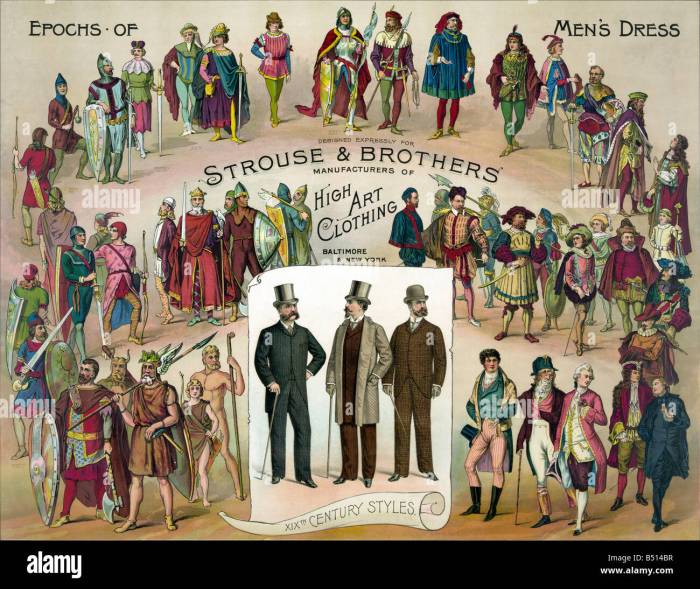
Source: alamy.com
The transition from the late Middle Ages to the early Renaissance saw a shift from the looser, more functional garments of the medieval period to more tailored and fitted styles. The silhouette changed, with a greater emphasis on the waistline. The use of richer fabrics and more elaborate ornamentation also became more prominent, reflecting the growing wealth and prosperity of the time.
17th & 18th Century Styles
The 17th and 18th centuries were characterized by a dramatic evolution in men’s fashion, influenced by powerful monarchs and shifting social ideals. The styles of this era are often associated with elegance, formality, and extravagance.
Timeline of 17th and 18th Century Men’s Fashion Trends
- Early 17th Century: Emphasis on elaborate collars, wide breeches, and long coats.
- Mid-17th Century: The rise of the doublet and breeches, often paired with a long coat.
- Late 17th Century: The introduction of the waistcoat and cravat.
- Early 18th Century: Elaborate coats, often with wide sleeves and intricate embroidery, became fashionable.
- Mid-18th Century: The rococo style, characterized by asymmetry and elaborate ornamentation, influenced men’s fashion.
- Late 18th Century: A move towards simpler, more tailored styles, with a focus on clean lines and elegance.
Influence of Louis XIV on Men’s Fashion
King Louis XIV of France, known as the “Sun King,” exerted a profound influence on European fashion. His court became a center of style and elegance, setting trends that were emulated throughout Europe. His preference for elaborate and opulent clothing, including richly embroidered coats, elaborate wigs, and high heels, shaped the fashion of the era. His patronage of artists and designers also contributed to the development of luxurious fabrics and intricate techniques.
Evolution of Men’s Accessories in the 17th and 18th Centuries
Wigs, hats, and cravats became essential accessories for men during this period. Wigs, in various styles and sizes, signified social status and elegance. Hats, from wide-brimmed hats to tricornes, provided protection from the elements and added to a man’s overall appearance. Cravats, evolving from simple neckcloths into elaborate neckwear, added a touch of sophistication and flair.
19th Century & the Rise of Ready-to-Wear: History Of Men’s Fashion
The 19th century witnessed a significant shift in men’s fashion, from handcrafted garments to mass-produced clothing. This transformation was driven by technological advancements and the growth of the industrial revolution, making clothing more accessible to a wider range of people.
Shift from Handcrafted to Mass-Produced Clothing
The invention of the sewing machine and other technological advancements revolutionized clothing production. Mass production enabled the creation of ready-to-wear clothing, making it more affordable and readily available to the general public. This led to a decline in the bespoke tailoring industry, although it remained popular among the wealthy elite.
Major Stylistic Changes During the Victorian Era
Victorian-era men’s fashion was characterized by a formal and refined aesthetic. The frock coat, a long, formal coat, was a staple garment. The three-piece suit, comprising a jacket, waistcoat, and trousers, emerged as a popular choice for both formal and informal occasions. The silhouette was generally slim and tailored, emphasizing a structured and elegant look.
Fashion Styles Across Different Social Classes in the 19th Century
| Social Class | Clothing Characteristics |
|---|---|
| Upper Class | High-quality fabrics (silk, wool), bespoke tailoring, elaborate accessories, numerous changes of clothing throughout the day. |
| Middle Class | Ready-to-wear clothing, good quality fabrics but less elaborate than upper class, fewer changes of clothing. |
| Lower Class | Simple, functional clothing, often made from inexpensive materials, limited changes of clothing, clothing frequently repaired and reused. |
20th & 21st Century Trends
The 20th and 21st centuries have witnessed an unprecedented diversity and dynamism in men’s fashion, influenced by social movements, technological advancements, and the rise of global culture. Styles have shifted dramatically, reflecting changing social norms and attitudes.
Evolution of Men’s Fashion Throughout the 20th Century
The early 20th century saw the continuation of tailored styles, but the 1920s brought a more relaxed fit with the rise of sportswear. The 1930s and 40s saw the popularity of wider shoulders and more structured silhouettes. The 1950s saw a return to more conservative styles, while the 1960s and 70s embraced bolder colors, patterns, and more casual styles.
The late 20th century saw the rise of designer menswear and the influence of subcultures on mainstream fashion.
Influence of Hollywood and Popular Culture
Hollywood stars and iconic figures have consistently shaped men’s fashion trends. From the dapper suits of Cary Grant to the rebellious styles of James Dean, film stars have influenced what men wear. Popular music and other forms of media have also played a significant role in shaping men’s fashion, reflecting and reinforcing cultural shifts and trends.
Rise of Menswear Designers and High Fashion
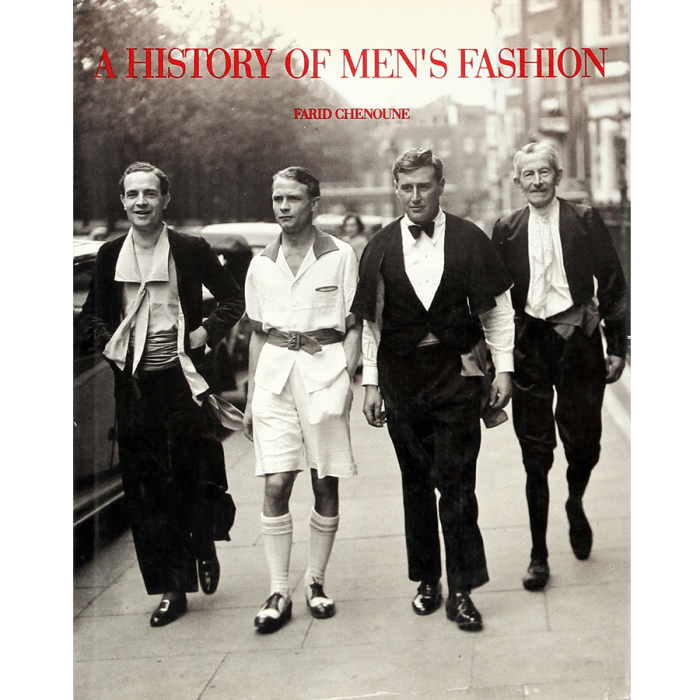
Source: fitnyc.edu
The latter half of the 20th century saw the emergence of influential menswear designers who elevated men’s fashion to new heights. These designers introduced innovative styles, luxurious fabrics, and a focus on craftsmanship, creating a high-fashion market for men that continues to thrive in the 21st century. The rise of fashion weeks and menswear magazines further cemented the importance of high fashion in shaping men’s style.
Illustrative Examples of Iconic Men’s Garments and Hairstyles
Certain garments and hairstyles have transcended their historical context to become enduring symbols of style and cultural significance. Their evolution reflects the broader changes in society and men’s self-expression.
Iconic Men’s Garments, History of men’s fashion
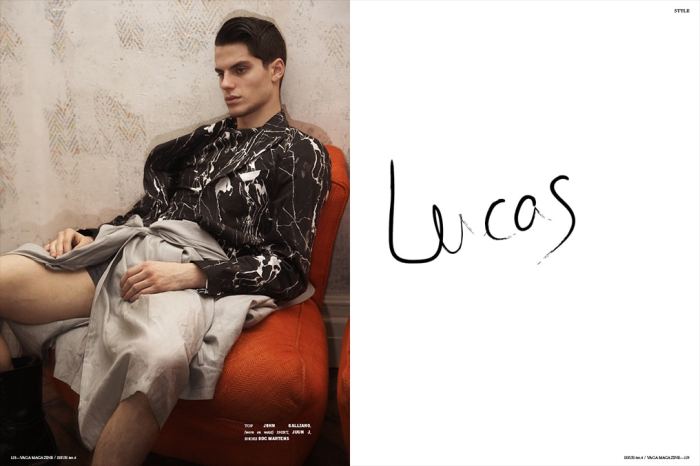
Source: vagazine.com
The Three-Piece Suit: Originating in the 19th century, the three-piece suit (jacket, waistcoat, trousers) became a symbol of sophistication and formality. Typically made from wool, in dark colors like navy or grey, its tailored silhouette conveys elegance and authority. Variations in fabric, color, and cut reflect different eras and styles.
The Tuxedo: Evolving from informal smoking jackets in the late 19th century, the tuxedo, with its peaked lapels and satin trim, became the quintessential formal wear for men. The tuxedo’s black color and sleek design project an air of timeless sophistication.
The Denim Jacket: Initially workwear, the denim jacket transitioned into a staple of casual fashion. Its durability and versatility made it popular across various subcultures, becoming a symbol of rebellion and individuality. Different washes, styles, and embellishments showcase its adaptability across decades.
Iconic Men’s Hairstyles
Powdered Wigs: Popular in the 17th and 18th centuries, powdered wigs were symbols of status and elegance. Their elaborate styles, often with curls and carefully arranged shapes, reflected the ornate fashion of the time. The use of powder added to their dramatic effect.
Pompadours: Characterized by high volume and a swept-back style, pompadours have appeared throughout history, gaining prominence in the 1950s and beyond. The pompadour projects an image of confidence and style. Variations in height and texture showcase the versatility of this style.
Slicked-Back Hair: A simple yet sophisticated style, slicked-back hair has been a consistent presence in men’s fashion. Its clean lines and polished look convey a sense of refinement and elegance. Variations in shine and part reflect different eras and aesthetics.
Clarifying Questions
What is the significance of the three-piece suit in men’s fashion history?
The three-piece suit, emerging in the late 19th century, quickly became a symbol of power, sophistication, and formality. Its evolution reflects changing social norms and continues to hold a significant place in formal menswear.
How did World War I and World War II impact men’s fashion?
Both World Wars led to significant shifts in men’s fashion. The utilitarian needs of wartime resulted in simpler, more practical styles, influencing the adoption of more relaxed fits and less elaborate details post-war.
Men’s fashion history is a fascinating journey, reflecting societal shifts and cultural influences across centuries. Understanding this evolution provides context for current trends, such as those highlighted in this overview of men’s fashion trends fall 2024 , which showcases a blend of classic and contemporary styles. Ultimately, the cyclical nature of fashion ensures that historical elements continue to inspire modern menswear design.
What role did Hollywood play in shaping men’s fashion trends?
Hollywood stars have profoundly influenced men’s fashion, setting trends through their on-screen appearances and off-screen style choices. Iconic figures have popularized specific looks, making them aspirational and widely imitated.

